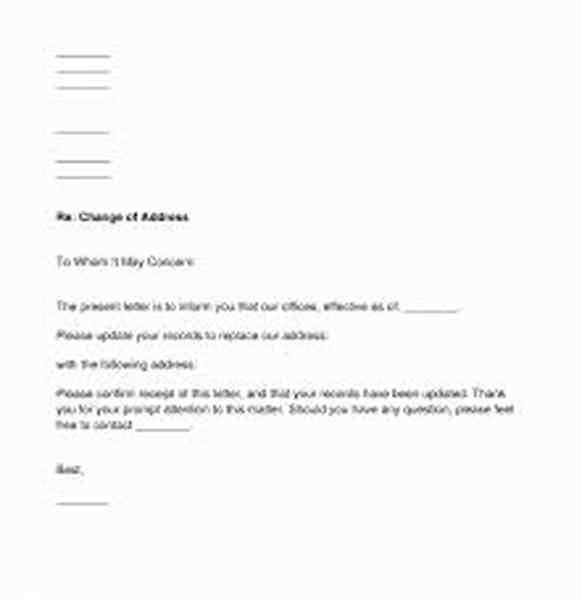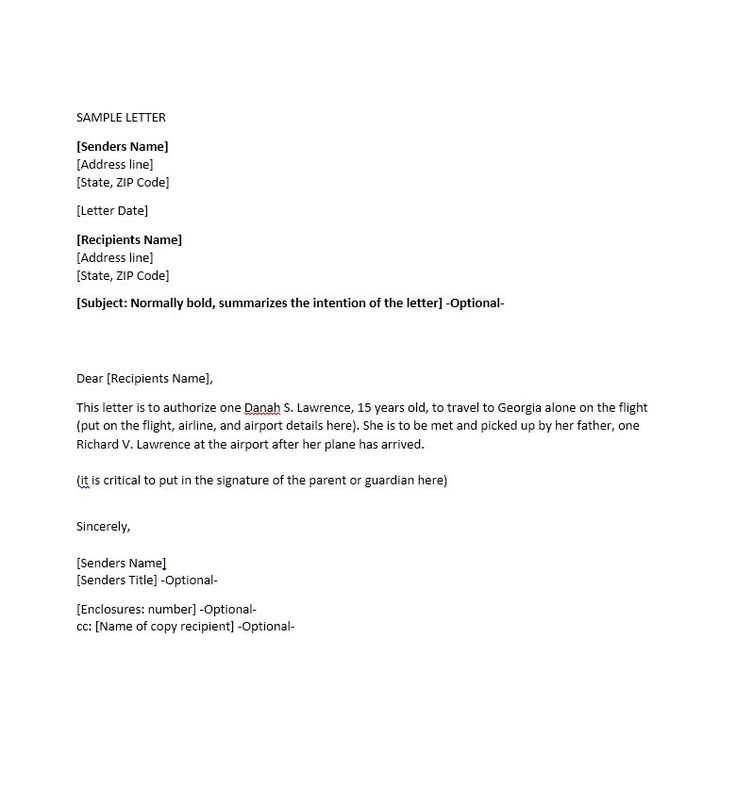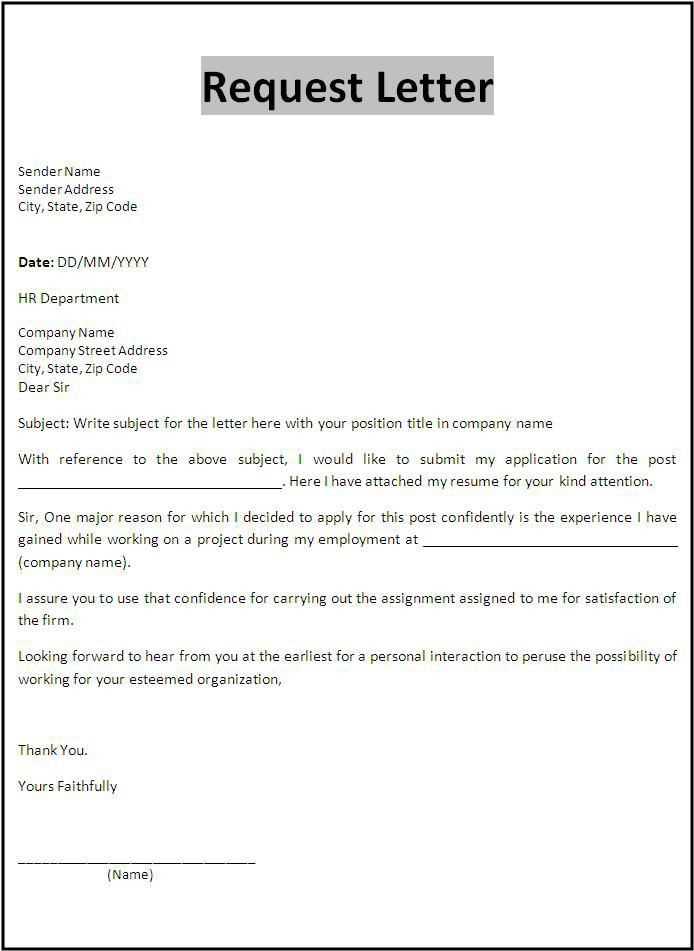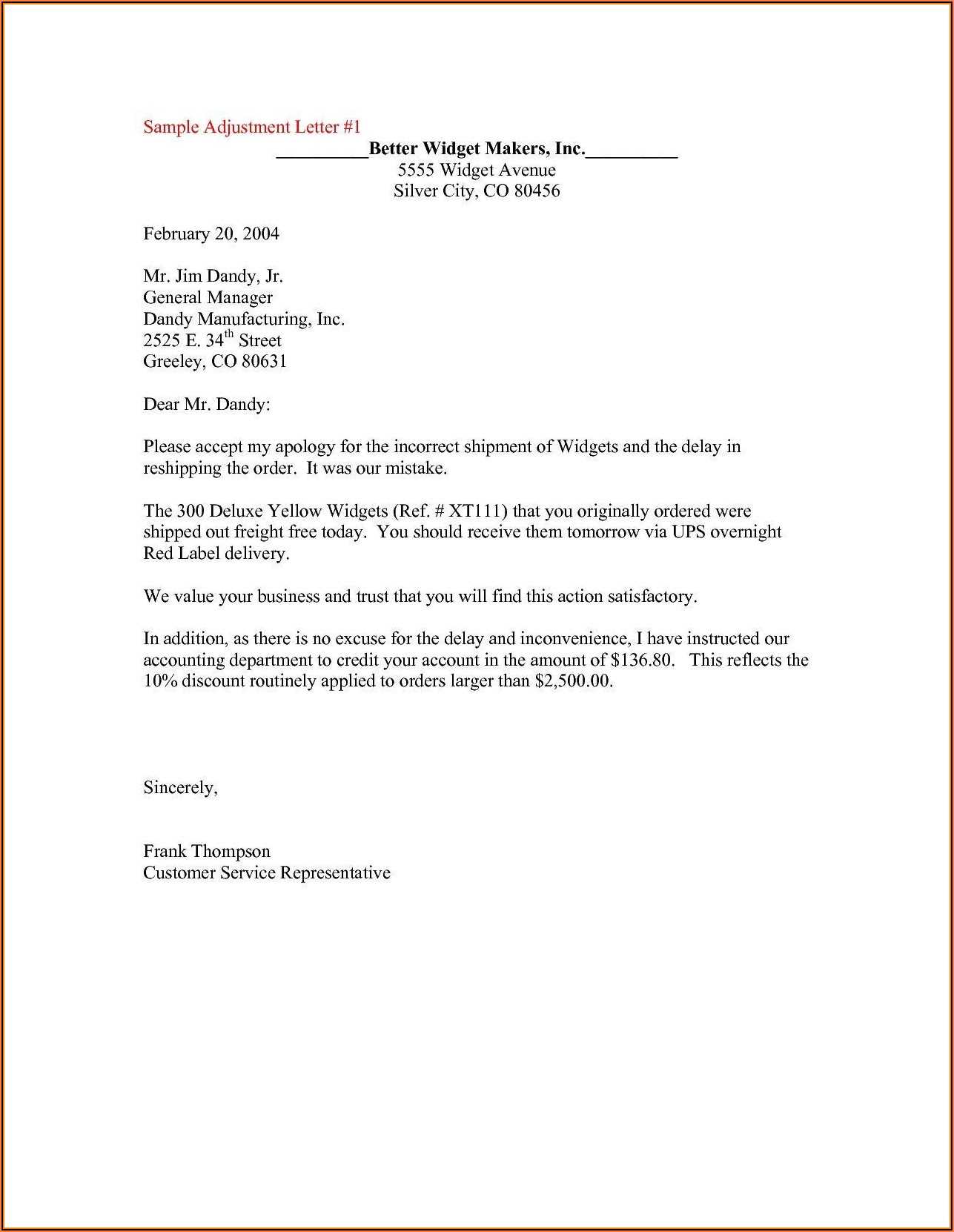Change of Control Letter Template for Business Transitions

When a significant shift occurs in the ownership or leadership of a business, it’s crucial to document this change clearly. This notification serves as a formal communication to ensure all involved parties are informed about important transitions. Crafting this document requires attention to detail to ensure clarity and legal soundness in every instance.
Key Components of an Ownership Transition Notice
To ensure that the message is clear and legally effective, there are essential details to include. These aspects help convey the purpose and scope of the change to all relevant parties.
- Identification of Parties Involved: Clearly state who is affected by the transition, including any parties involved in the transaction.
- Reason for Transition: Explain the cause of the change, whether it’s due to a merger, acquisition, or internal restructuring.
- Details of the Change: Provide specifics about how the shift will affect operations, leadership, or ownership rights.
- Effective Date: Specify when the changes will take effect to prevent confusion.
How to Adapt the Document for Your Business
Each business is unique, so adapting the document to suit your needs is essential. Customizing the wording and details ensures that the communication resonates with your specific situation.
- Review the existing structure of your business.
- Determine the scope of the change and how it impacts your stakeholders.
- Adjust legal language as needed based on your industry or jurisdiction.
- Ensure all parties mentioned are accurately represented to avoid misunderstandings.
Legal Considerations and Potential Risks

When drafting such a notification, it’s vital to consult legal advice to mitigate risks. This document might have significant legal consequences, particularly regarding ownership rights and responsibilities. Failure to include necessary details can lead to disputes or confusion down the line.
Ensuring Clarity and Transparency

Effective communication of such a transition ensures that everyone is aligned with the new changes. The more transparent the process, the fewer misunderstandings there will be between the involved parties. It is crucial to convey the details simply yet comprehensively, without overwhelming recipients with excessive information.
Understanding Ownership Transition Documents

Formal communication regarding shifts in a company’s leadership or ownership is vital for maintaining transparency and legal clarity. These documents play a key role in informing stakeholders about significant changes that may affect the business structure and operations. Properly drafting such a notification is essential to ensure that all parties are well-informed and that any legal requirements are met.
When to Use a Transition Notification
This document is necessary when there is a notable shift in the ownership or leadership of a business. Common scenarios include mergers, acquisitions, or other changes in the management hierarchy. By informing all relevant parties, businesses ensure that the transition is smooth and understood by everyone involved.
Key Elements in the Document
A well-structured document should include several crucial pieces of information. These include the identity of the parties involved, the reason for the change, the effective date, and any impact on the company’s operations. Clear and concise details about how the business will be affected are essential to avoid confusion.
Steps to Modify the Document
Customizing the document is often necessary to match the specific circumstances of the business transition. This may involve adjusting the language, providing additional context relevant to the situation, or including specific legal terms depending on the business structure and jurisdiction. Always ensure that the document reflects the unique needs of your company.
Legal Considerations of Transition Notices
Legal implications are an important aspect of these documents. Any misrepresentation or omission of key information can result in legal disputes or challenges down the road. It is advisable to consult legal professionals when drafting or modifying the notification to ensure compliance with applicable laws and regulations.
Challenges in Drafting a Notification
Creating a precise and legally sound document can be complex. Challenges often arise when attempting to balance legal requirements with clear communication. It is crucial to avoid vague language and ensure that all relevant stakeholders are properly informed to avoid misunderstandings.
Effective Communication in Transition Notices
Clear and effective communication is essential to ensuring that all parties understand the nature of the change. The notification should be straightforward, well-organized, and easy to interpret. Avoid excessive legal jargon and focus on clarity to help stakeholders grasp the implications of the transition without confusion.